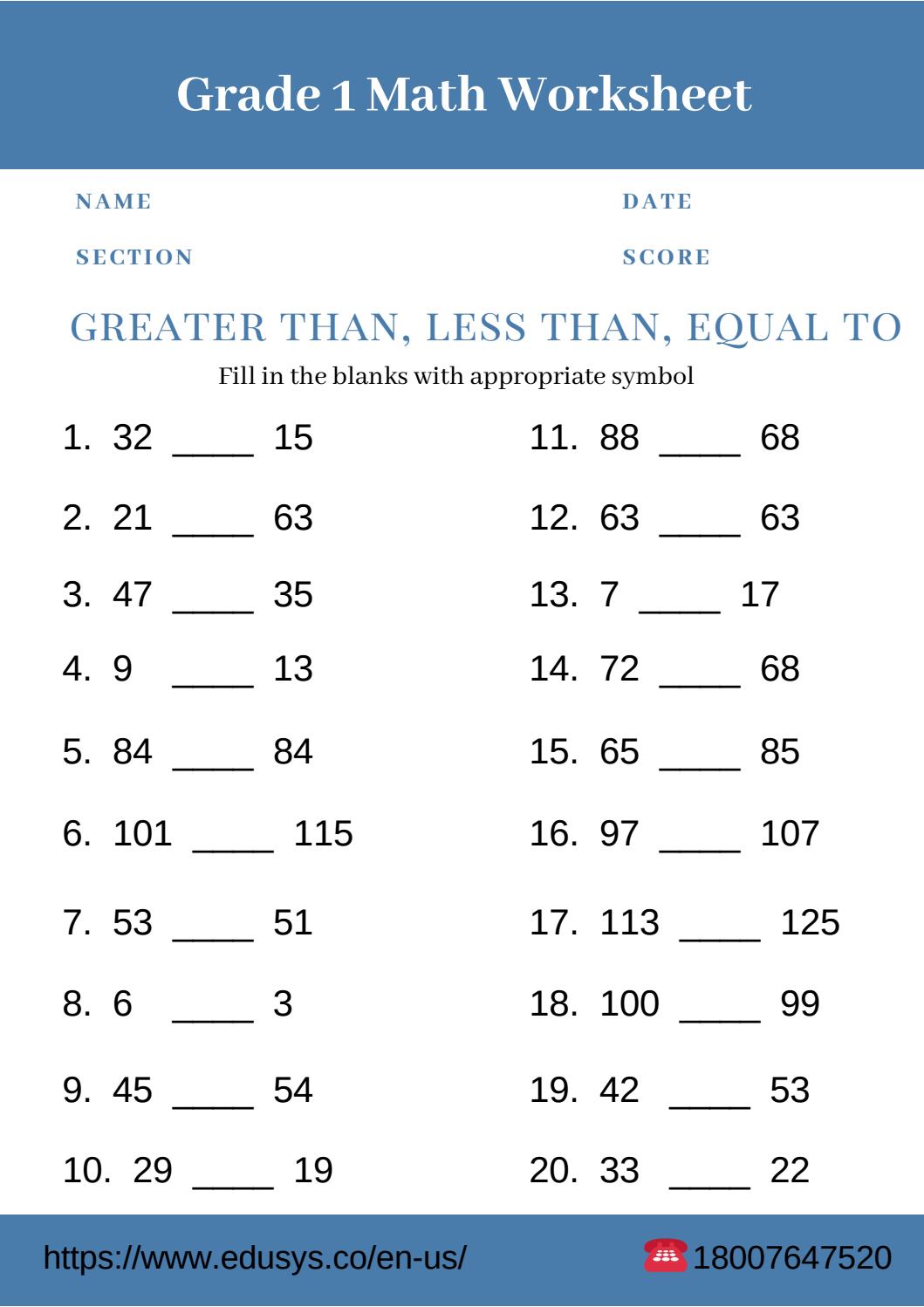
However, further research needs to be undertaken in this area to replicate and extend this finding.Ĭopyright © 2011 Elsevier Inc. These results indicate that there may be potential for the use of adjunctive cognitive remediation techniques to enhance the effects of tDCS. This finding was not evident with digit span backward. TDCS applied during completion of the n-back task was found to result in greater improvement in performance on digit span forward, compared with tDCS applied while at rest and sham tDCS during the n-back task. An evaluation of working memory in research of. reading, chess, playing the piano, listening to music, playing an instrument). An evaluation of the working memory and cognitive interference in various activities (e.g. The digit span tasks involved a series of numbers being read to the participant, and the participant was required to repeat them back, either in the same order (Digits forward) or in the reverse order (Digits backward). Digit Span performance is known to be influenced by practice and transfer effects and by overall cognitive status. Digit span forward and backward was administered immediately before and after each treatment, and performance change (pre- to posttreatment) calculated and compared across conditions. The n-back that was used in this study was a computer-based letter WM task that involved 5 minutes of two-back, followed by 5 minutes of three-back. The conditions involved 10 minutes of either anodal tDCS while completing an n-back task, anodal tDCS while at rest, or sham tDCS while completing an n-back task. Ten healthy participants took part in three counterbalanced conditions. This study aimed to explore whether tDCS applied to the left DLPFC during the persistent performance of one WM task would improve performance on a subsequent WM task, to a greater extent than either tDCS or cognitive activity alone.

However, whether this effect can be enhanced by cognitive activity undertaken during tDCS has not yet been explored. Transcranial direct current stimulation (tDCS), applied to the left dorsolateral prefrontal cortex (DLPFC) has been found to improve working memory (WM) performance in both healthy and clinical participants.


 0 kommentar(er)
0 kommentar(er)
